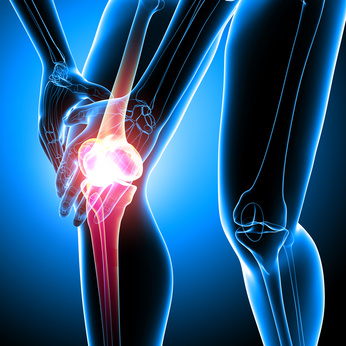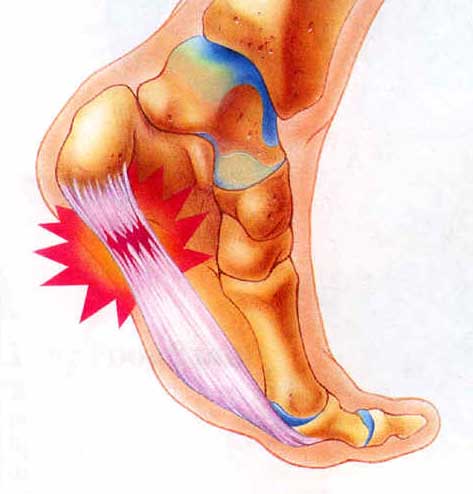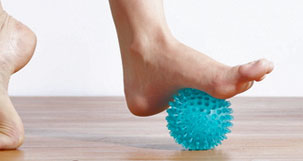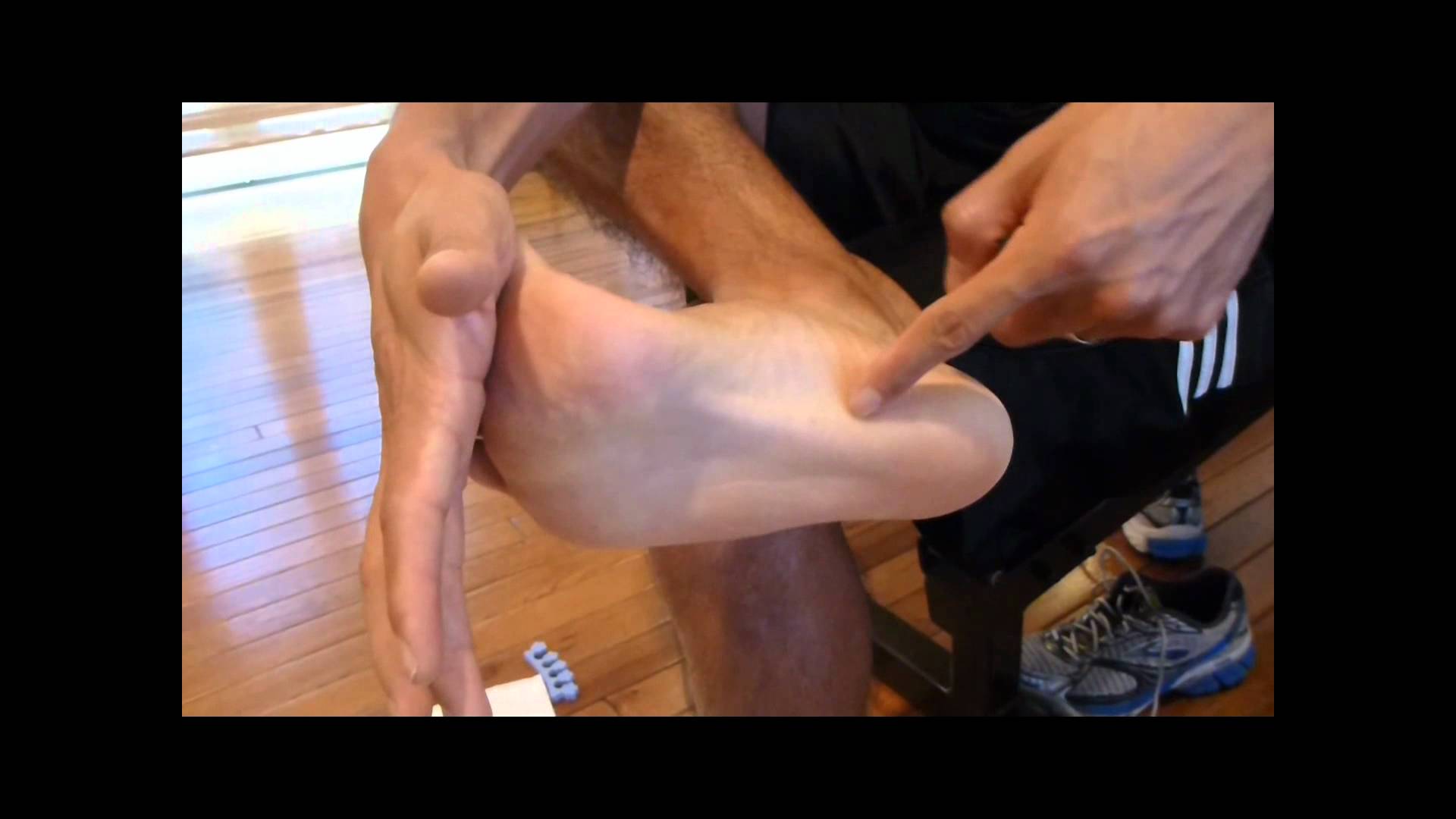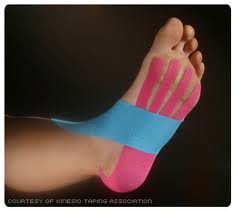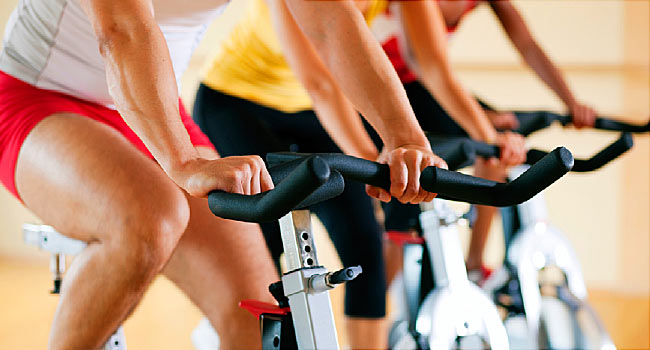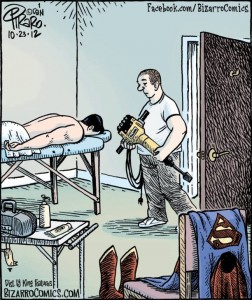
I have quite a few clients who often say that they are expecting their treatment to be painful or that they believe in the "no pain, no gain" approach to their treatment. If it doesn't hurt then it can't be doing any good right?
- Remedial means to apply a remedy - so Sports & Remedial Massage is about supporting the body in order for it to heal from injury tension or pain not create pain.
- The aim of massage should be to relax muscles that are under tension which may be a result of injury, bad posture or stress and not cause discomfort.
- PAIN is the body's way of indicating that something should stop. When we feel pain the body's natural reaction is to tense up to protect the area of pain. This is the opposite of what we as massage therapists are trying to achieve.
- In order for a massage to have a beneficial effect then the client should be able to relax in order for the muscles to be able to release tension.
- There is also the small matter of Connective Tissue (also known as Fascia)...
- This is a sheet of connective tissue that is just beneath the skin and attaches, stabilises and separates muscles and other internal organs.
- When pain is caused or felt by the body then this connective tissue will harden into a protective state - this can affect other parts of the body other than that which the therapist is working and therefore create more tension throughout the whole body.
- Can certain techniques cause pain for example Neuro Muscular Therapy (NMT) which is a deeper treatment
- If there is a need to use this technique which uses a deeper pressure on a particular part of the body to help release tension (Trigger Point) then the top layer of tissue needs to be warmed up and relaxed to enable the deeper technique to work effectively. This will allow the tissue to relax and enable the technique to be used without causing pain.
- If a therapist suddenly digs an elbow into a muscle this will immediately cause discomfort and the body will tense up around this area and access to the deeper tissue will be denied.
- Will you feel sore after a Sports Massage?
- There may be some residual tenderness if you have had a Sports Massage as the muscles are getting a bit of a workout during your treatment espeically if stretching techniques are used (Active Release) but no pain or bruising should occur.
- Everyone responds differently to massage treatments but most people sleep well after a massage and some may feel more of the benefits of the massage over the next couple of days.
In Summary...
- Sports Massage shouldn't be painful during the treatment but you may feel some slight tenderness the day after a treatment which is perfectly normal. So next time you have a Sports Massage you now know that you don't need to feel pain for it to be beneficial.

